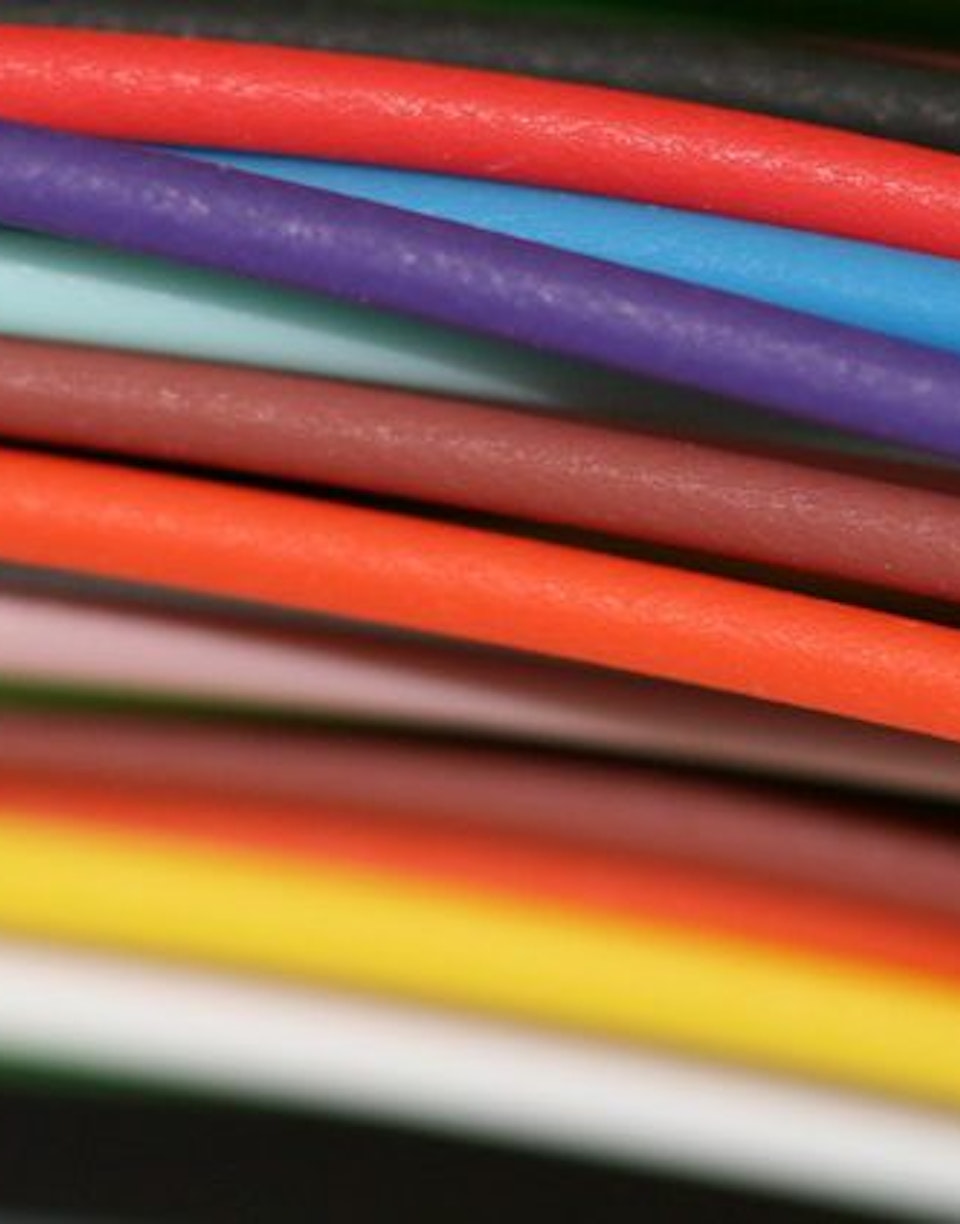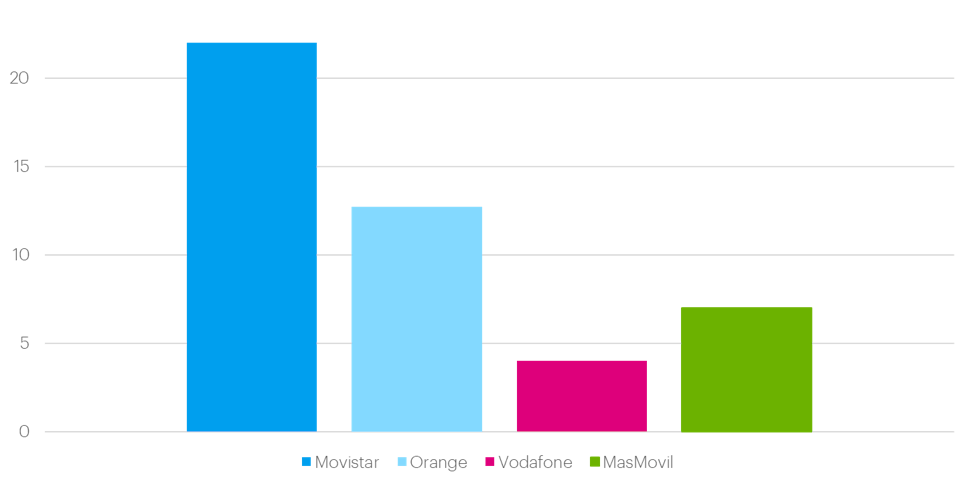Article
The importance of FTTH rollouts in Spain

Fiber optic rollouts in Spain are on the rise and serve as an example for guaranteed quality in neighboring countries
In recent years, most of our cities and towns have undergone changes to their visual architecture due to fiber optic rollouts (FTTH) by the nation’s telecommunications providers.
In fact, according to the European FTTH Council, Spain is the European country with the highest penetration rate, with more than 44% of connected homes. This percentage translates to 22 million dwellings equipped with fiber to the home.
Some of the keys to this success lie in Spain’s fiber optic regulatory framework, the Digital Agenda for Europe and the efforts carried out by the CNMC.
These changes to our facades extend to the end-user experience, in terms of connectivity, due to the availability of a high-speed connection (landline, Internet, TV).
To lower the visual impact, Europe is shifting its focus to rollouts by neutral telecommunications providers that make the network available to third parties for commercialization, thereby eliminating the coexistence of two or three parallel FTTH networks owned by multiple telecommunications providers.
On the other hand, FTTH rollouts are firmly taking on copper installations in light of their significantly lower equipment and maintenance costs, and because they drastically improve the quality of service (QoS).

Technologies and topologies involved in a FTTH rollout
Different types of technologies are used, depending on the physical range of the fiber optic network:
FTTN (Fiber to the Node): The fiber optic network reaches the telecommunications provider’s common network box (often called a node) and is used on a regional level or for long-distances.
FTTC (Fiber to the Cabinet): The fiber optic network reaches the telecommunications provider’s street cabinet near the customer.
FTTB (Fiber to the Building): The fiber optic network reaches the customer’s building.
FTTH (Fiber to the Home): The fiber optic network reaches the customer’s home/office.
There are various topologies within a single FTTH network, depending on its activity and/or function:
Inside plant: Location of the GPON terminal. The most common locations are TESA terminals, post offices and owned establishments. The inside plant houses a passive component (ODF) and an active component (OLT).
Outside plant: Split into three levels, based on how the fiber is divided:
Power supply network.
Distribution network.
Dispersion network.
End customer network: The installation at each customer’s home through a connection installed on demand. It is composed of a NID (network interface device with an optic jack) and an ONT.
Key aspects behind a FTTH rollout
A fiber optic rollout has eight phases:
Managing city governments
Local government approval is needed to legally and safely proceed with the rollout in the municipality.Managing permits
Building approval must be obtained before laying cables and installing passive components on the facade or interior.Zoning
The municipality where the rollout will take place is divided into various sectors/clusters that will comprise independent entities within the rollout of that municipality.Network design
Once permission has been obtained from all the property owners and the municipality has undergone zoning, the power supply and distribution networks (clusters) are designed.Reassessment
All the buildings that will house passive components must be reassessed to confirm an optimal installation. Additionally, certain rollouts require redesigning the conduits through which the cables will run.Construction
Construction companies begin laying cable, installing components (junction boxes/terminal boxes) and testing the completed network.Inventory
Everything built in the field is registered in GIS systems and the telecommunications provider’s proprietary tools in order to create an accurate inventory of the entire network.Quality
It is essential to comply with minimum quality standards set by the telecommunications provider. To do so, completed installations undergo an exhaustive audit.
Future goals of FTTH rollouts
Despite being the country with the most kilometers of fiber optic network, city and regional governments continuously ask the Ministry of Development to install broadband in their municipalities as part of its digital advancement plans. In light of these requests, the Ministry of Economy and Business has launched the Programa de Extensión de la Banda Ancha (PEBA, Broadband Extension Program) to partially subsidize rollouts by telecommunications providers in municipalities that have requested this infrastructure. One of the priorities at this time is to provide rural areas with broadband access in an effort to reduce depopulation.
The rest of the EU is replicating the standards used in Spain’s rollouts, so we can conclude that Spanish rollouts are on the rise and serve as an example of guaranteed quality for neighboring countries.

